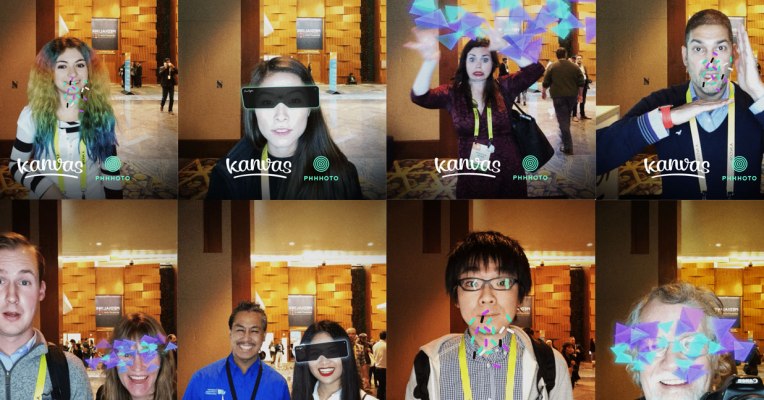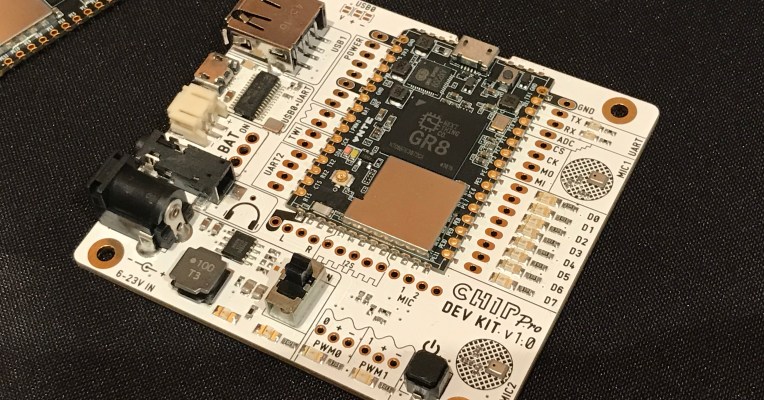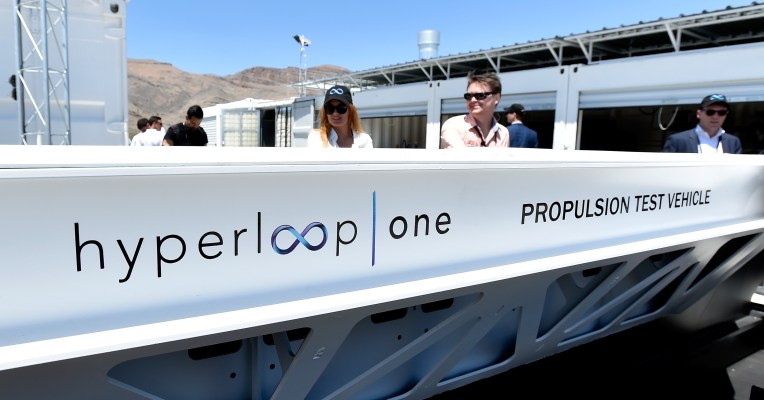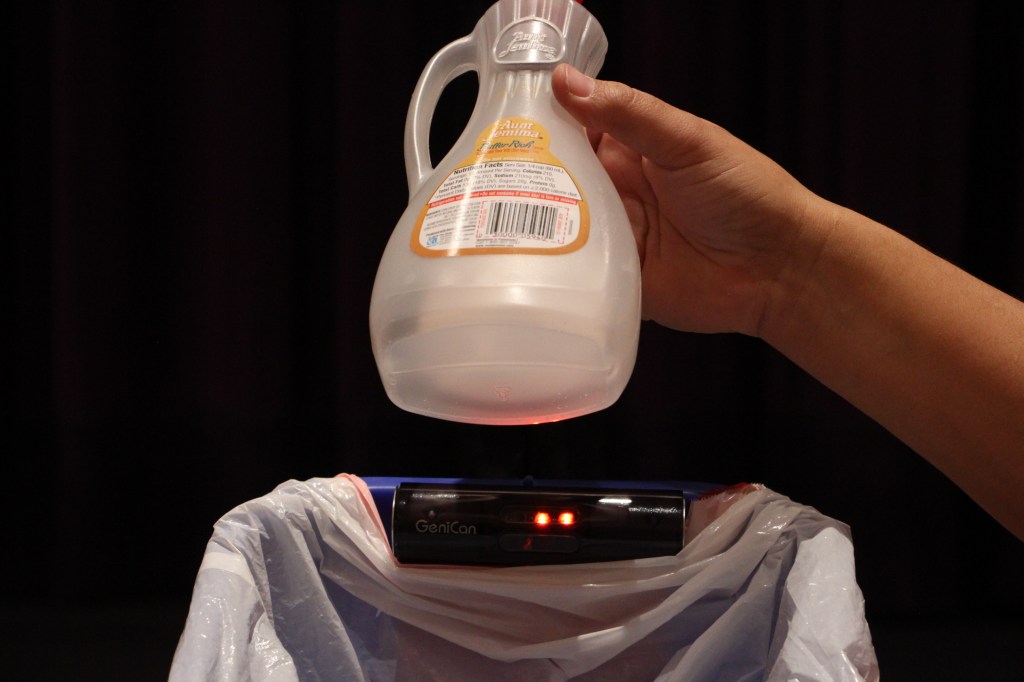 Donald Trump’s election has left many wary of how he’ll respond to a campaign promise to dismantle Obamacare. It seems that select aspects of the Affordable Care Act (ACA), aka Obamacare, will remain intact. Likely to remain are provisions that make it illegal for insurers to deny a patient’s pre-existing medical conditions and enable children to stay on their parents’ insurance plans through age 26.
Donald Trump’s election has left many wary of how he’ll respond to a campaign promise to dismantle Obamacare. It seems that select aspects of the Affordable Care Act (ACA), aka Obamacare, will remain intact. Likely to remain are provisions that make it illegal for insurers to deny a patient’s pre-existing medical conditions and enable children to stay on their parents’ insurance plans through age 26.
While not part of the ACA, structural innovations designed to control cost, such as the shift to value-based care (VBC), a new way of paying doctors and hospitals, will likely continue (more on this later). The Center for Medicare & Medicaid Services (CMS) may cancel their timeline for this shift, slowing momentum. However, private insurance plans and doctors have already changed the way they contract together, making very unlikely a retreat to the old payment model.
Even without a crystal ball of the exact specs of a post-Trump healthcare world, the fundamentals of the healthcare market and the massive forces acting upon it continue to render it an excellent investment opportunity. Specifically, the most near-term and pervasive value-creation area is in infrastructure software, the “glue” that serves as middleware for healthcare.
The persistent truths are that the healthcare market represents $3 trillion, almost 20 percent, of the U. S. economy. This market also is plagued by a level of gross inefficiency and under-performance largely unseen in any other industries in our post-internet world.
Why has healthcare lagged behind so much?
Largely, it’s because despite complaints about skyrocketing costs, there was no need to change. The lack of technology progress wasn’t because of a lack of available solutions, but rather because of a lack of economic incentive. Incumbents maximized profit by continuing along proprietary business processes and technology paths, because doctors and hospitals got paid by insurance companies for every single transaction of care. Nobody stood to gain by re-engineering for common workflows or common infrastructure. Siloed operations were sufficient under a payment model based on transaction volume.
The paradigm, however, is shifting dramatically.
The new role of “patient as consumer” is key in making healthcare behave like a more normal market. High-deductible health plans are the driving engine. In 2006, only 6.2 million members in the U. S. were on high-deductible plans. By 2015, this number grew to 58 million, a growth rate of 28 percent per year. Because almost 90 percent don’t exceed $2,000 per year in healthcare spending, 50 million people are effectively paying 100 percent of their healthcare out-of-pocket!
Unsurprisingly, this will start to change consumer behavior. Previously, patients had a significantly higher threshold for bad experiences because they largely weren’t paying. Increasingly, payments are made by patients themselves and/or insurance companies based on outcome and experience. Healthcare providers that had optimized only around transaction volume are finding themselves in sore need of new CRM-like tools for a consumer-centric business: to segment/acquire/retain the right patients, control costs, message/coordinate care effectively and streamline processes.
The second catalyst for change is CMS. This department spends almost $1.1 trillion on healthcare each year, making it the largest payer in the country. They’re also changing how they pay. With the Medicare Access & CHIP Reauthorization Act of 2015 (MACRA), Medicare has said it will pay for healthcare in a value-based way. Value-based payments invert the traditional healthcare business model: Instead of paying for healthcare transactions, doctors and institutions are to be paid for healthcare outcomes. Previously, the volume maximization recipe was “more patients, more revenues.” Now, the goal is to try to keep patients from needing the healthcare system at all.
The impact is amplified as private insurance companies are quickly following suit. Importantly, because these changes are being driven by Medicare, they are not impacted by the potential repeal of the ACA. As noted above, the repeal of the ACA may temporarily slow incorporation of new programs, but the industry transition to value-based care will continue. Under this model, standardization and integration are imperative, because value-based payments cover an entire “episode of care” (typically 90 days). Now needed are technical capabilities that enable longitudinally tracking of patients’ care histories and outcomes, auditing activity-based cost of services provided and determining return on investment for each episode of care.
The new world order has spurred a deluge of healthtech applications. Startup Health notes that the first half of 2016 was the strongest ever start to the year, with $3.9 billion of venture capital invested. However, most entrepreneurs reflexively focus on the seemingly lower-hanging fruit of consumer apps (lose weight, track steps, send photos straight to your dermatologist) or enterprise point-solutions, such as appointment scheduling, patient intake, patient risk stratification, etc. All legitimate problem areas.
However, without any horizontal infrastructure, each of these solutions takes forever to develop and subsequently function only in specific walled-data silos. So, following an unduly protracted dev cycle, a product further leads to duplication of work every time it extends outside the original data pool — which happens a lot. Instead of these abundant headline-grabbing consumer apps or siloed enterprise point-solutions, the best investment opportunities actually are found elsewhere: in infrastructural software providing best-in-class functional solutions pervasively needed across the broader universe of healthtech apps.
What do the best healthtech investments look like? Best-in-class infrastructure. What exactly does this mean? It means horizontal infrastructure that allows application-layer CTOs to outsource discrete functionalities and compress their own dev cycles.
It’s taking a page from the playbook of current-day pure-play tech CTOs who now can choose from a plethora of application program interfaces (APIs), software development kits (SDKs), platform-as-a-service (PaaS) and infrastructure-as-a-service (IaaS) partners. This enables them to focus solely upon their core product and outsource much of their tech stack (e.g. AWS for hosting, Twilio for messaging, Mixpanel for analytics, Salesforce for CRM). This is in stark contrast to the dev protocol in the late 1990s, when startups were capital-intensive and vertically integrated because they lacked a robust infrastructural ecosystem of developer tools and third-party cloud solutions.
Today, the pure-play tech app CTO has evolved to “borrow instead of build whenever possible,” in the words of Instagram co-founder Mike Krieger , in order to “focus on actually building out your product.” In healthtech, however, we still see too many app developers try to build everything natively, thus delaying focus on their core product. Invariably they burn through much of their early-stage financing runway before working on their core product enough to secure the proof points necessary for follow-on investment rounds.
There is an emerging crop of healthtech entrepreneurs who see the more stage-appropriate opportunity actually lies within the infrastructural layers. This is how Lisa Maki of PokitDok arrived at their product. Initially, they sought to launch a consumer healthcare price comparison tool. But in order to power that, she needed a robust engine to run patient health-plan eligibility checks and payment processing. Seeing no such solution in the market, PokitDok shifted to now provide a readily accessible, turn-key API to do just that. (Disclosure: Healthy Ventures invested in PokitDok.) Such an arc is also shared by Chas Bellow in his founding of Aptible for HIPAA compliance and data security and Michelle Longmire of Medable for a data modeling platform.
These founders had originally set out to launch an end user-oriented solution. They rightly realized that the more compelling opportunity is in helping to empower the entire cohort of digital health developers to come and unleash the true potential of Healthcare 2.0. They saw that only in this way would a constellation of innovative healthtech apps be efficiently created — while they themselves can immediately generate revenue, achieve scalable commercial relevance and rise with the rising tide of the underlying crops of app-layer companies.
Investors, by focusing on pervasive infrastructural layers instead of betting on app-layer single shots on goal, are backing a systematic build-out of the nodes and roads that power digital health now and beyond. This portfolio that underscores the market’s central nervous system also provides an early look into downstream investment opportunities. In a virtuous cycle, infrastructure investors secure a veritable dashboard of the underlying app-layer solutions best poised for growth and subsequent investment potential.
The best-in-class healthtech infrastructural solutions offer:
© Source: http://feedproxy.google.com/~r/Techcrunch/~3/85F_EpBzTCk/
All rights are reserved and belongs to a source media.
 Про це повідомляє РІА “Новости “.
Про це повідомляє РІА “Новости “. 

 “У Черкаській області обмежено рух вантажних транспортних засобів та пасажирського транспорту на автомобільних дорогах загального користування”, — йдеться у повідомленні.
“У Черкаській області обмежено рух вантажних транспортних засобів та пасажирського транспорту на автомобільних дорогах загального користування”, — йдеться у повідомленні. 
 Президент України Петро Порошенко разом з дружиною Мариною та дітьми Євгенією, Олександрою та Михайлом привітали українців з Різдвом Христовим.
Президент України Петро Порошенко разом з дружиною Мариною та дітьми Євгенією, Олександрою та Михайлом привітали українців з Різдвом Христовим. 
 The rise of apps like Instagram and Snapchat has put photo effects front and center in the world of picture messaging, giving users not only the ability to send images to each other, but to personalise them with little doodles, lurid colors, bunny ears. Now, an app maker that has built a bunch of these is launching an SDK that will let any app add these kinds of effects to their platforms, too.
The rise of apps like Instagram and Snapchat has put photo effects front and center in the world of picture messaging, giving users not only the ability to send images to each other, but to personalise them with little doodles, lurid colors, bunny ears. Now, an app maker that has built a bunch of these is launching an SDK that will let any app add these kinds of effects to their platforms, too. 
 Say you want to create the next generation of voice recognition-enabled, AI-ensmartened, buzzword-laden gadget. The fist thing you need to do is pick a platform. Arduino isn’t powerful enough. The Raspberry Pi works great for prototyping, but going from Pi to production is a many-step process. Next Thing ‘s Chip Pro is stepping up to fill the gap with a smart development kit for IoT creators.
Say you want to create the next generation of voice recognition-enabled, AI-ensmartened, buzzword-laden gadget. The fist thing you need to do is pick a platform. Arduino isn’t powerful enough. The Raspberry Pi works great for prototyping, but going from Pi to production is a many-step process. Next Thing ‘s Chip Pro is stepping up to fill the gap with a smart development kit for IoT creators. 
 Toyota revealed a new concept vehicle with a virtual companion named Yui built-in at CES this year. The Concept-i goes beyond the average concept car, with an in-car experience that gives the driver an AI partner that acts as part copilot, part travel guide and part spa attendant, all the while getting to know you better over time.
Toyota revealed a new concept vehicle with a virtual companion named Yui built-in at CES this year. The Concept-i goes beyond the average concept car, with an in-car experience that gives the driver an AI partner that acts as part copilot, part travel guide and part spa attendant, all the while getting to know you better over time. 
 Donald Trump’s election has left many wary of how he’ll respond to a campaign promise to dismantle Obamacare. It seems that select aspects of the Affordable Care Act (ACA), aka Obamacare, will remain intact. Likely to remain are provisions that make it illegal for insurers to deny a patient’s pre-existing medical conditions and enable children to stay on their parents’ insurance plans through age 26.
Donald Trump’s election has left many wary of how he’ll respond to a campaign promise to dismantle Obamacare. It seems that select aspects of the Affordable Care Act (ACA), aka Obamacare, will remain intact. Likely to remain are provisions that make it illegal for insurers to deny a patient’s pre-existing medical conditions and enable children to stay on their parents’ insurance plans through age 26. 
 After sifting through thousands of applications since May of 2015, Hyperloop One announced today it has whittled its competitors in its Global Challenge down to 35 semifinalist teams from all over the world. According to H1, these teams come from 17 countries and represent every continent but Antarctica — 11 teams hail from the U. S., 5 from India and 4 are in the U. K.
After sifting through thousands of applications since May of 2015, Hyperloop One announced today it has whittled its competitors in its Global Challenge down to 35 semifinalist teams from all over the world. According to H1, these teams come from 17 countries and represent every continent but Antarctica — 11 teams hail from the U. S., 5 from India and 4 are in the U. K. 
 At first glance, the GeniCan is completely ridiculous. At second, it’s actually kind of brilliant. The scanner clips onto the side of a trash can, an always present reminder to scan items when you run out. Before throwing an object out, you hold it up to the IR scanner and it adds it to your list.
At first glance, the GeniCan is completely ridiculous. At second, it’s actually kind of brilliant. The scanner clips onto the side of a trash can, an always present reminder to scan items when you run out. Before throwing an object out, you hold it up to the IR scanner and it adds it to your list. 


